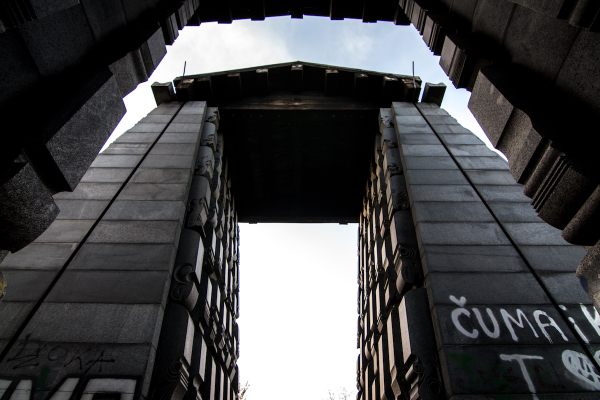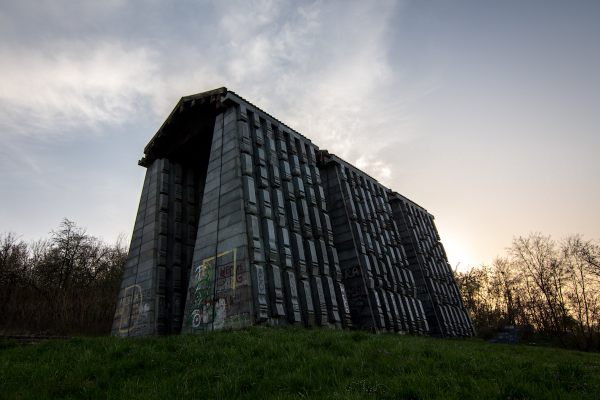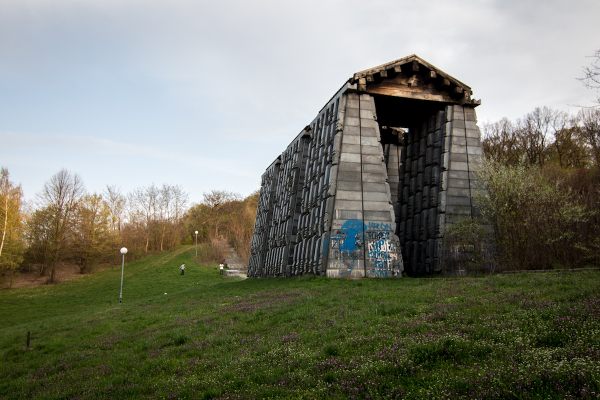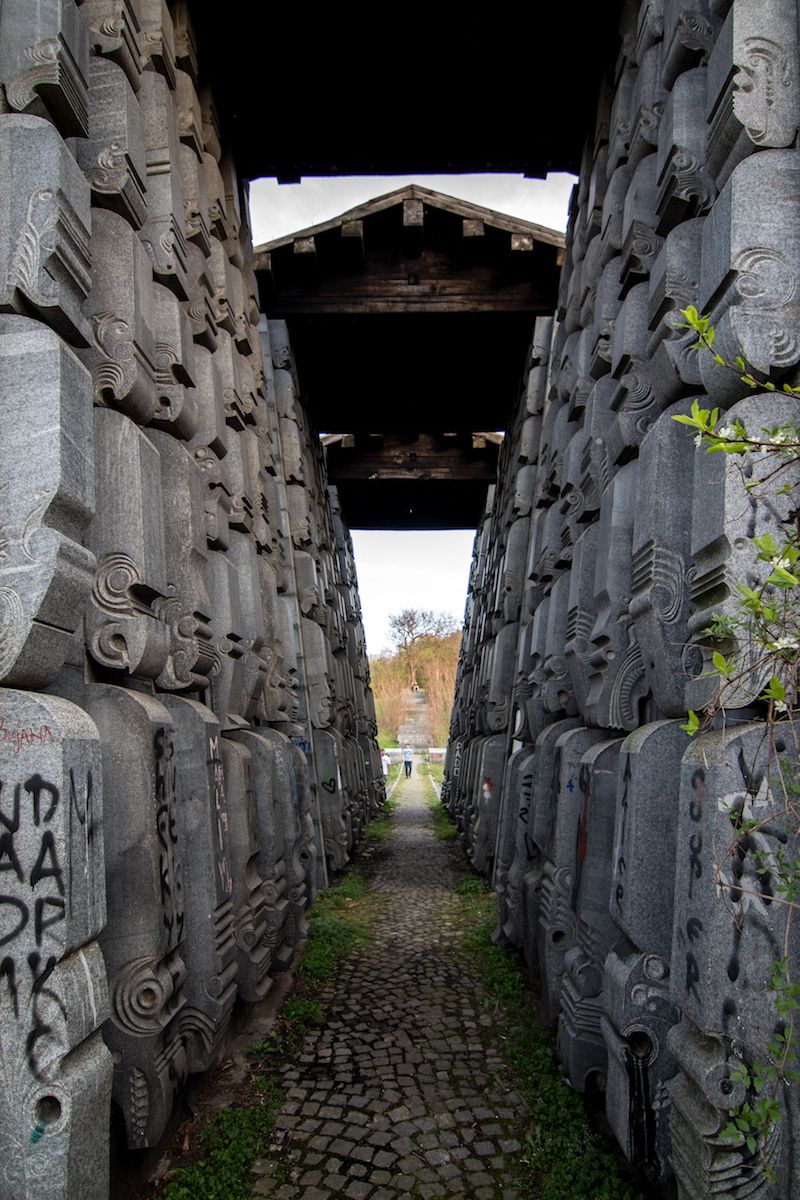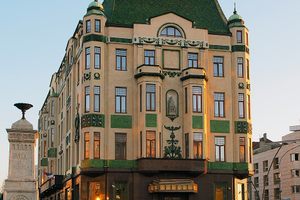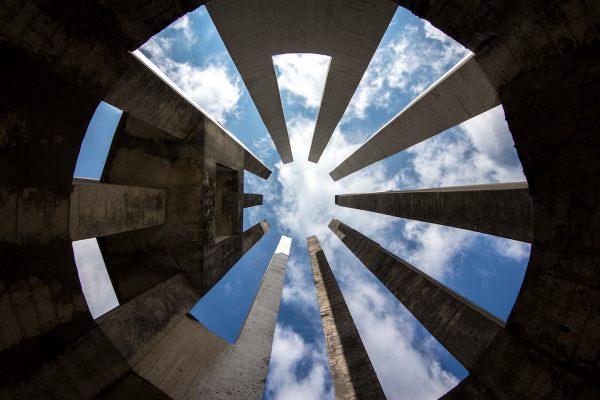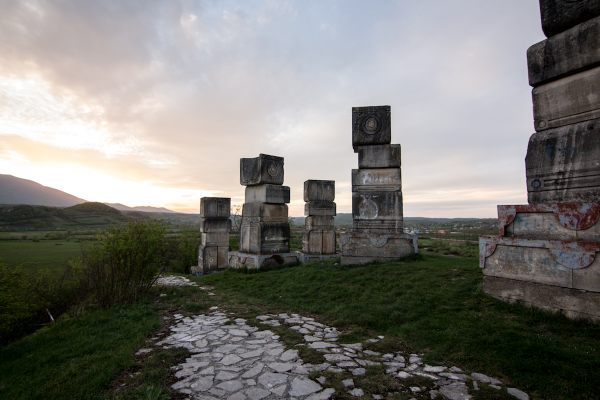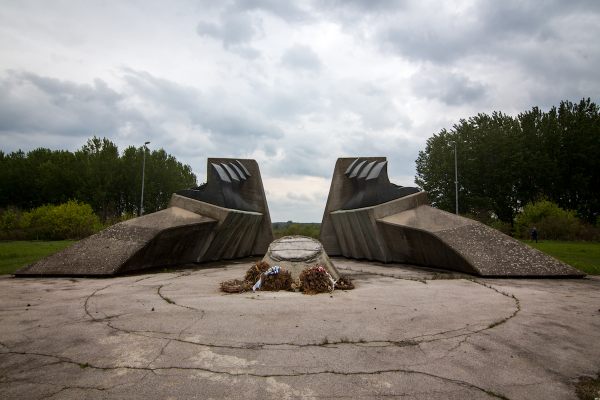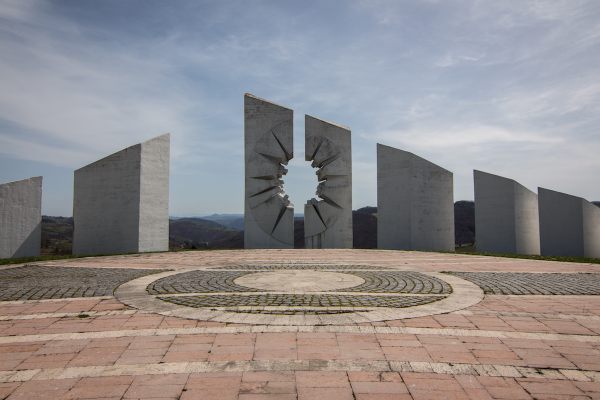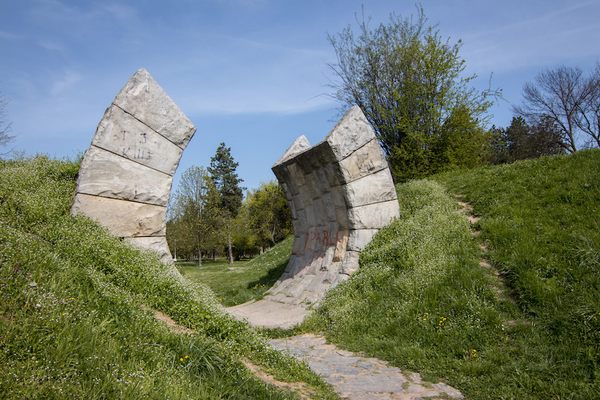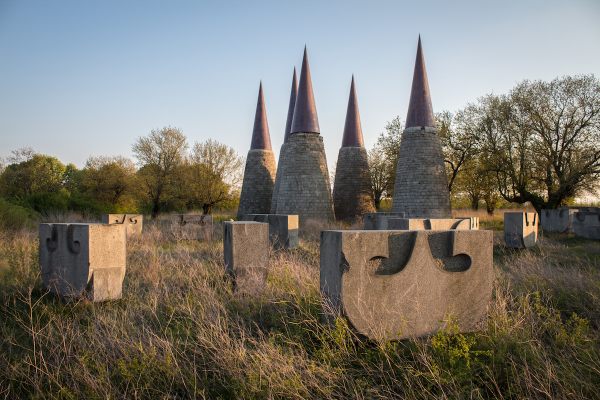About
Perched above the city of Čačak in Serbia, a solemn stone structure carved with the heads of mythical creatures remembers the many thousands of people who died here during a local struggle for freedom.
The Mausoleum of Struggle and Victory was opened in 1980, after a four-year construction project headed by the celebrated Serbian architect, Bogdan Bogdanović. It sits above the town on the slopes of Jelica Mountain, three stone arches rising together into one 12-meter (65-foot) structure.
The Germans occupied Čačak in 1941, as World War II-era Nazi forces swept through the Balkans. They met with resistance, however. In July that year the Čačak Partisan Detachment was created, quickly growing to include hundreds of local rebels. This region saw numerous battles over the coming years, and eventually, Čačak was liberated on December 4, 1944.
Freedom came at a cost though, and during the battle for the liberation of Čačak more than 4,600 soldiers and civilians were killed.
Like most of the Yugoslav monuments built during these years, the monument at Čačak makes no direct symbolic reference to war. Instead, the three segments of the mausoleum structure are decorated with 620 carved heads of mythical creatures, a possible reference to the ancient civilisations of this region and their prehistoric folkloric traditions.
The Mausoleum of Struggle and Victory can also be compared to other Yugoslav sites in that it was formed from separate elements that never touch, and yet together form a single whole. This symbolic theme was popular throughout many of the monuments of the period, and it offered a visual symbol for the union of the six republics that made up Yugoslavia.
Nowadays though, that union is destroyed—and the Čačak Mausoleum of Struggle and Victory has suffered, too. Heavily graffitied, the monument currently receives no protection from the local authorities, and survives today as a seemingly unloved relic of another time, sat forlorn upon the slopes of a public park.
Related Tags
Balkans Road Trip: Serbia, Croatia & Bosnia and Herzegovina
Traverse the beauty and history of the Balkans through locals' stories.
Book NowPublished
October 9, 2017
